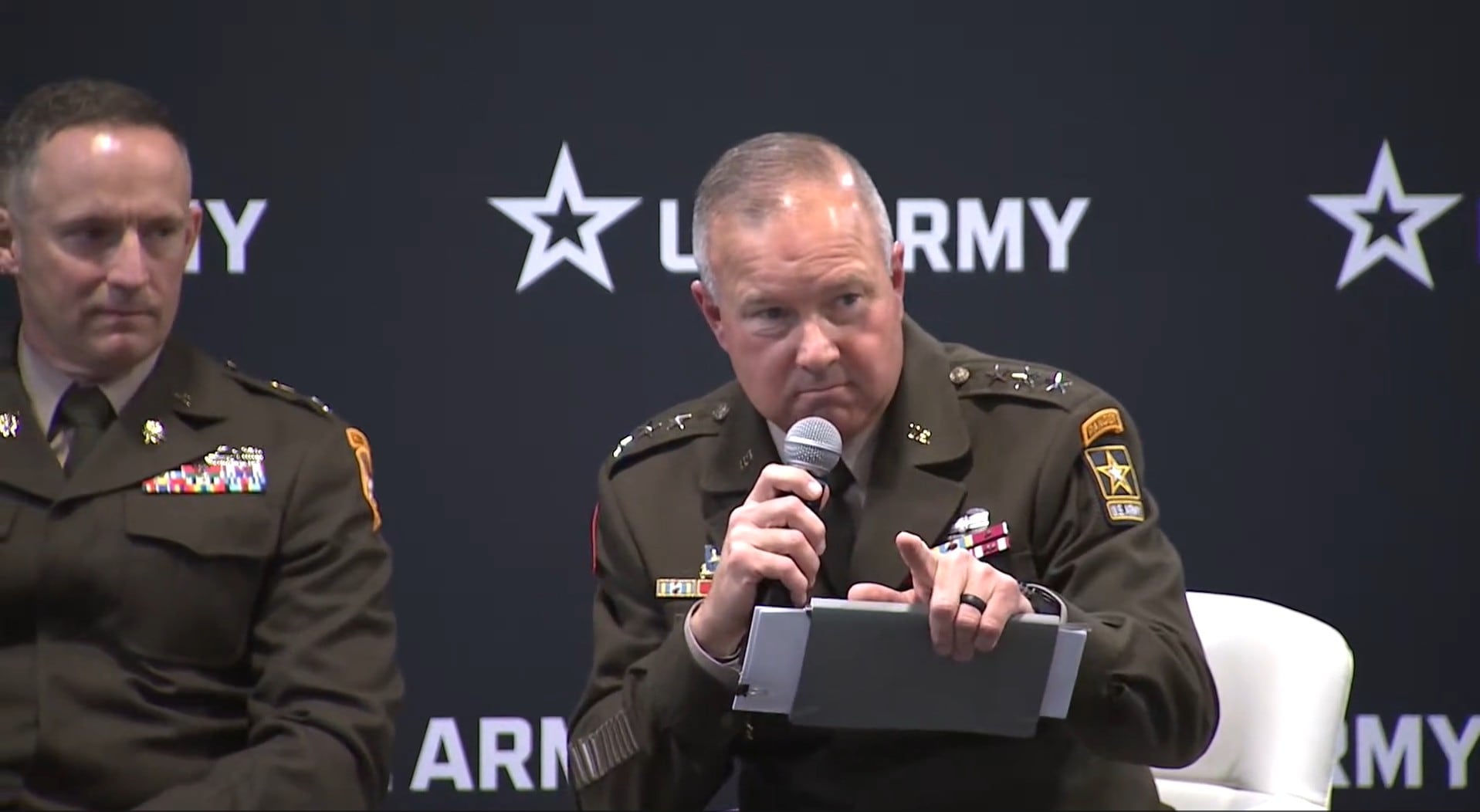In early October, the end of the war on terror — the war I fought in — drew one step closer when the Senate approved an amendment withdrawing the 2002 authorization for the use of military force that approved American military action in Iraq.
The United States recently entered the final stages of planning a memorial to it, to be placed next to the Lincoln and Vietnam Veterans Memorials. While laudable, if the Global War on Terrorism, or GWOT, Memorial is to have lasting meaning, it cannot be built as a static shrine.
The war on terror is unlike any conflict our country has attempted to memorialize nationally. It has a clear beginning, but its end is debatable. There is no universally shared narrative of victory or defeat.
For most Americans, the war on terror is less a war and more an era. Its reach extends from the battlefields of Afghanistan, Iraq and Syria to the policies that transformed airports, policing, surveillance and daily life. It reshaped how Americans understand security, service and citizenship.
The Global War on Terrorism Memorial Foundation selected the world-renowned architect Kengo Kuma to design the memorial. This is a good start; Kuma’s work is known for its refusal of monumentalism.
But any plan that fixes the war on terror narrative too soon or too narrowly risks reducing its complexity to a platitude. The last thing our nation, or our veterans, need is another “thanks for your service” rendered in marble and steel.
That ritualized and hollow phrase mirrors a national habit of expressing support without engagement. Likewise, a static memorial would gesture at gratitude while avoiding the harder work of understanding what this era truly meant.
The Vietnam Veterans Memorial offers both inspiration and warning. When Maya Lin’s sunken, black granite wall was unveiled in 1982, critics condemned it as a “black gash of shame.”
Today, it is among the most visited and revered sites in the country. Its power lies in simplicity and its uncanny ability to draw visitors into community and reflection.
That same power is its limitation. The wall speaks of honor and loss. It does not easily accommodate evolving narratives, such as women who served, Vietnamese who suffered or emigrated or the political divisions the war deepened.
It overshadows later additions, including the “Three Soldiers” statue, the Women’s Memorial and the “In Memory” plaque. The wall endures, but it does not evolve.
The GWOT Memorial must do better. It must be purpose-built to evolve.
My research suggests a path forward using the “Four Truth Framework” developed by South Africa’s Truth and Reconciliation Commission.
This idea offers a way to hold multiple truths simultaneously: the forensic truth of facts and timelines, the personal truth of lived experience, the social truth of shared understandings and the healing truth that emerges from collective challenge and reflection. A memorial that plans for these layers can evolve as new narratives surface.
This approach can support a process by which people engage with complicated histories together rather than accept pre-set meanings apart. A static monument declares; an adaptive one invites. An adaptive monument creates space for participation, interpretation and even disagreement.
That is how a site becomes not merely a space but a place, a living arena of civic meaning with the goal of understanding, rather than resolution. The variety of programs hosted by the 9/11 Memorial and Museum exemplifies this approach.
Designing for adaptability requires intention. The GWOT Memorial should include physical, digital, virtual and programmatic elements that can change with time.
These could include rotating exhibits, open panels for new inscriptions and interactive installations that welcome stories from veterans, civilians, families, and others. Institutionalizing shorter than traditional periodic reviews would ensure that new scholarship, oral histories and community perspectives are incorporated. In this way, the memorial becomes a process, not an endpoint.
Critics will argue that a flexible memorial risks diluting the gravity of commemoration. But the opposite is true. A rigid monument freezes a single narrative in time, eventually excluding the very people it seeks to honor.
An adaptive memorial affirms that truth itself is layered and ongoing. It acknowledges that wars outlast their combatants, shaping generations and changing societies.
The war on terror may be over legislatively, but it remains active in memory and consequence. Its soldiers’ children are now adults who grew up in its shadow.
Some have deployed to the same battlefields where their parents once fought. The memorial that bears this war’s name must reflect that continuity. It should remind us that history is not a finished script but a conversation we inherit, understand, and shape.
Done well, the GWOT Memorial will stand for centuries; its designers have one chance to ensure it represents not just what we believe, but what we continue to learn. If it is built merely to sanctify, it will fade into the landscape of well-meaning forgetfulness. But if it is built to engage, question, listen and adapt, it can serve as a new model for how a democracy remembers.
Jim Craig is a teaching professor of sociology and veterans studies and the University of Missouri-St. Louis and a veteran of the war on terror. He is a member of the Scholars Strategy Network.





